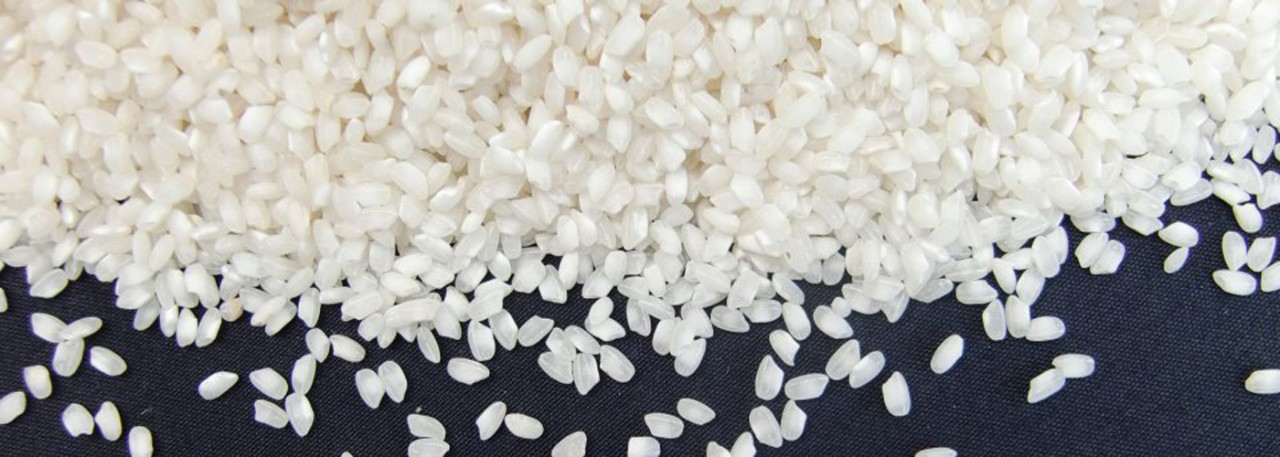.png.transform/rendition-xs/image_image%20(1).png)
Arroz de Valencia PDO
Rice (Oryza sativa) of the Senia, Bahía and Bomba varieties.
Tasting notes
The Senia and Bahía varieties have a composition that guarantees a creamy texture in the cooked grain, and complete absorption of flavors. The Bomba variety gives grains that do not stick together after cooking, with a good consistency and complete absorption of flavors.
Production / Processing method
Seeds are sown directly, by hand or from the air. The depth of the water layer varies depending on weather conditions and crop development. Once or twice during the vegetative cycle, the fields are left dry for a few days to prevent algae formation. Centrifugal sowing machines are used, from late April to mid-May.
The rice is harvested using automatic harvesting machines from early September to early October. It is then dried in the sun or using hot air blowers. Cleaning, milling and packing are totally mechanized and take place throughout the year.
Geography / Relief and climate
The Valencian Community has several natural wetlands (the largest being the Albufera) which have the right soil, floodability conditions and climate for rice production. On either side of the Júcar river and in the surroundings of the Albufera, soils are limey (30-50% carbonate), clayey, poor in organic matter and with a pH of 8-8.3. The terrain is strong and not very permeable and offers ideal physical conditions for rice cultivation. The temperature, light and relative humidity of the production area are also optimal for rice cultivation, as shown in agronomic studies.
Regulatory Council
Consejo Regulador de la DOP Arroz de Valencia
Avda. del Mar, 1
46410 - Sueca (Valencia)
Tel: (+34) 961 706 156
Fax: (+34) 961 702 073
santos@arrozdevalencia.org
www.arrozdevalencia.org
Sources:
- Spanish Ministry of Agriculture
The Senia and Bahía varieties differ in size but share the same taste, texture and cooking characteristics.


- Arroz de Valencia 1
- Arroz de Valencia 2

Sueca (Valencian Community)
